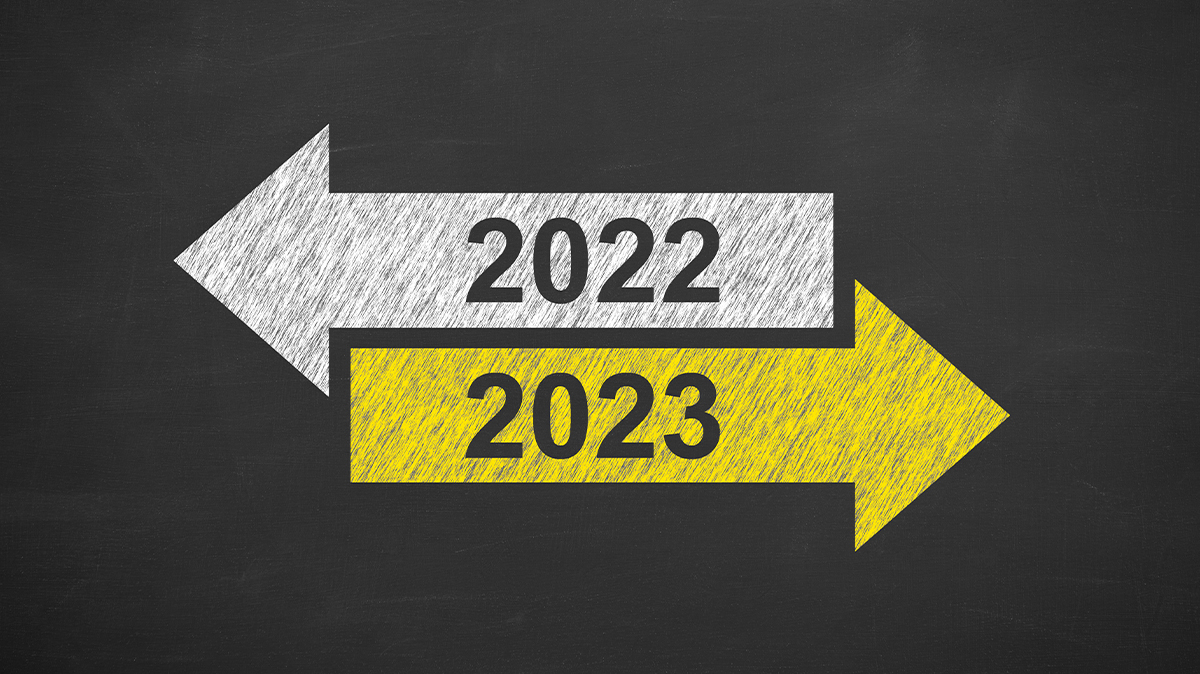Making the Most of the CMS Risk Adjustment Deadline Extension

Written by: Lesley Weir, CRC, Senior Director, Customer and Product Success - Veradigm
The Department of Health & Human Services issued a memo May 18, 2022, for the Centers for Medicare & Medicaid Services (CMS), explaining that they will be “conducting an Interim Final Run with data submitted as of the usual final risk adjustment data submission deadline for Payment Year (PY) 2022.” The Interim Final Run risk scores will be used in a reconciliation payment run on the same schedule as that typically used for the final reconciliation payments for a year. The deadline for submission of risk adjustment data for this Interim Final Run for PY2022 is January 31, 2023.
There will also be a Final Run for PY2022. The deadline for submission of risk adjustment data for the PY2022 Final Run is July 31, 2023. This provides a 6-month deadline extension for data submissions, which will be used to conduct a final payment reconciliation.
With the January 31 deadline for the PY2022 Interim Final Run upon us, it’s time to make sure you’ve decided how to best take advantage of this one last 6-month deadline extension (due to COVID-19). One option is to stick with this original January 31 deadline for submission of your risk adjustment data. This has the probable advantage of more rapid payment from CMS, since the 6-month delay will also delay the final reconciliation payment to a date that is still to be determined.
However, using the submission deadline extension offers advantages as well—advantages beyond providing you with some extra time to catch your breath and get your data together. This extension could help you create a cleaner, more accurate, more complete risk adjustment data submission for that July 31 PY2022 Final Run deadline. You will want to seriously consider your options before deciding which deadline to use.
Ways to make the most of this opportunity
Improve diagnostic coding accuracy
An extra 6 months before the PY2022 Final Run submission deadline gives you an opportunity to improve the accuracy and completeness of your coding.
Accurate diagnostic coding is critical for both health plans and patients. For patients, accurate diagnostic coding is essential for them to receive the care required for their condition. For health plans, missing or late diagnoses can prevent you from obtaining the appropriate funding for patients’ required care.
Despite their importance, though, diagnostic coding errors are common. Consider:
-
ICD-10 coding in patients’ medical records can have error rates ranging from about 20% to 50%
-
More than 40% of patients’ chronic conditions are never reported by their providers
-
Even among claims that display accurate, specific patient diagnoses, about 30% fail to pass the CMS validation process due to a lack of supporting documentation
This is why an opportunity to conduct secondary reviews of coded charts for the 2021 dates of service is invaluable.
Retrieve missing charts
An extra 6 months also provides you with time to retrieve any charts that might be missing, using low-friction retrieval methods. For instance, Veradigm’s eChart Courier™ can save you time, expense, and resources by retrieving medical charts electronically instead of manually. Veradigm’s eChart Integration and Analytics (formerly Integr8) automates the exchange of patient information between payers and providers, making data exchange faster and more efficient. Where standard chart retrieval processes might take months, Veradigm eChart Integration and Analytics can extract and download required information in a month or less thanks to immediate connectivity to the Veradigm eChart Courier network of over 200,000 providers, with multiple types of electronic health records (EHRs). eChart Integration and Analytics also improves the efficiency of payer-provider engagement initiatives and the confidence of gap closure efforts by adopting innovative data acquisition methodologies while incorporating additional data sets, with near real-time verification of medical records.
The best fit for your coding needs
It will also be important to consider which would best fit your chart coding needs:
-
An automated coding software system, such as Veradigm eChart Coder (formerly Popul8)
-
Or perhaps a consulting solution, bringing in an external team of experts to provide coding assistance
Veradigm eChart Coder is a solution that leverages advanced technologies to enable health plans to identify, document, and validate more efficiently and accurately those conditions for which your members were treated. Veradigm’s eChart Coder employs advanced computer-aided coding technologies, such as Natural Language Processing, Machine Learning, and Optical Character Recognition to optimize coding performance.
What’s your plan?
The January 31, 2023 deadline for submission of risk adjustment data for the PY2022 Interim Final Run is here—but even though that was originally the deadline for data submissions for the PY2022 Final Run, you have an additional 6 months before that final deadline, should you choose to use it. If you do delay your risk adjustment data submission until the PY2022 Final Run deadline, you will have until July 31, 2023 to improve your coding accuracy, identify and address gap closure opportunities, and review your data to ensure everything is in order.
Should you choose to use that delay, be sure to make the most of this unique opportunity by finding the best solution to fit your risk adjustment and quality needs. Veradigm might have a solution to help you take better advantage of this unique opportunity. Contact us to learn more.